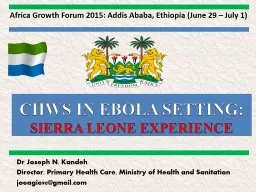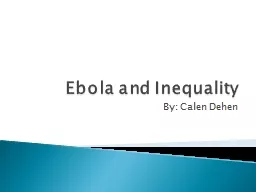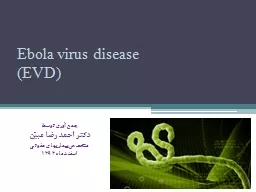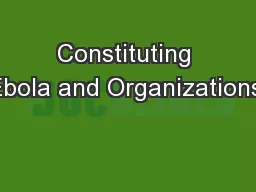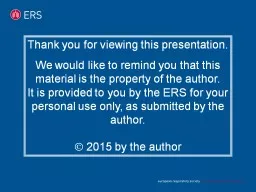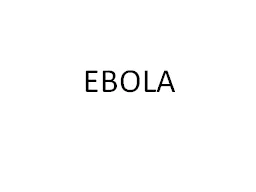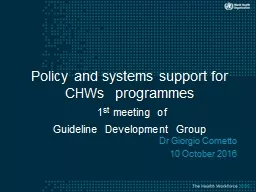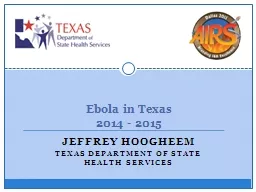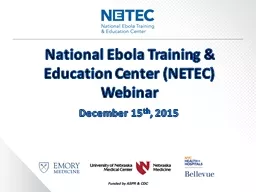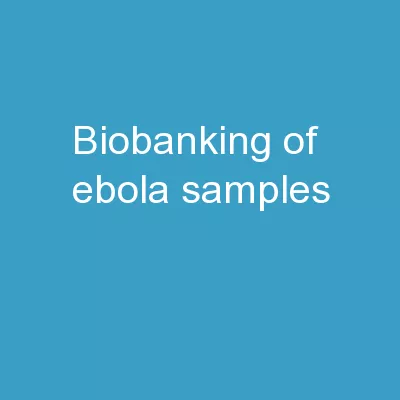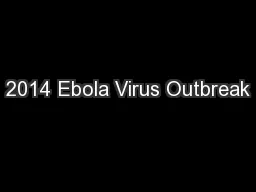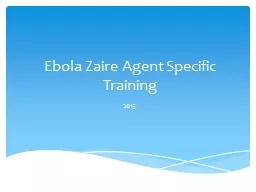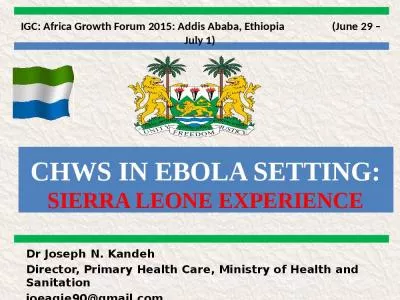PPT-CHWs in Ebola setting:
Author : natalia-silvester | Published Date : 2016-05-22
Sierra Leone EXPERIENCE Dr Joseph N Kandeh Director Primary Health Care Ministry of Health and Sanitation joeagie90gmailcom 1 IGC Africa Growth Forum 2015 Addis
Presentation Embed Code
Download Presentation
Download Presentation The PPT/PDF document "CHWs in Ebola setting:" is the property of its rightful owner. Permission is granted to download and print the materials on this website for personal, non-commercial use only, and to display it on your personal computer provided you do not modify the materials and that you retain all copyright notices contained in the materials. By downloading content from our website, you accept the terms of this agreement.
CHWs in Ebola setting:: Transcript
Download Rules Of Document
"CHWs in Ebola setting:"The content belongs to its owner. You may download and print it for personal use, without modification, and keep all copyright notices. By downloading, you agree to these terms.
Related Documents

